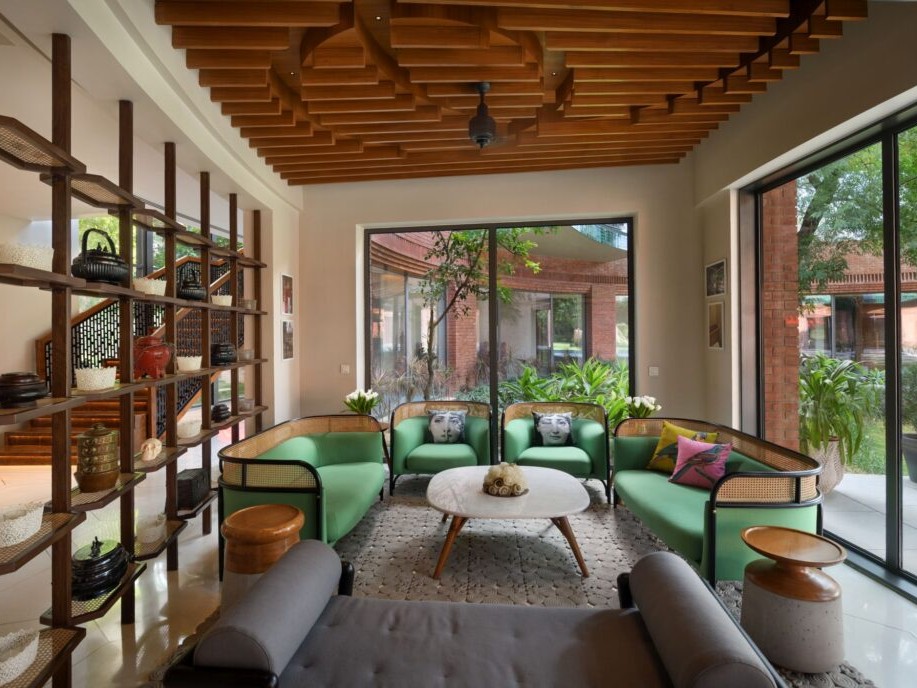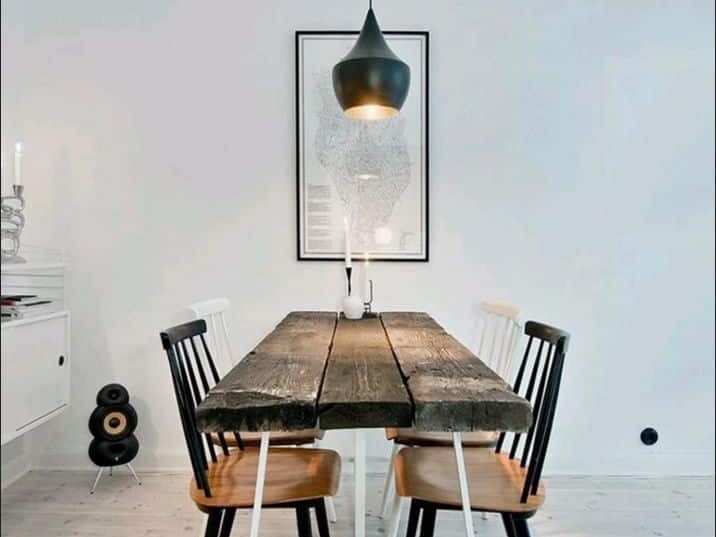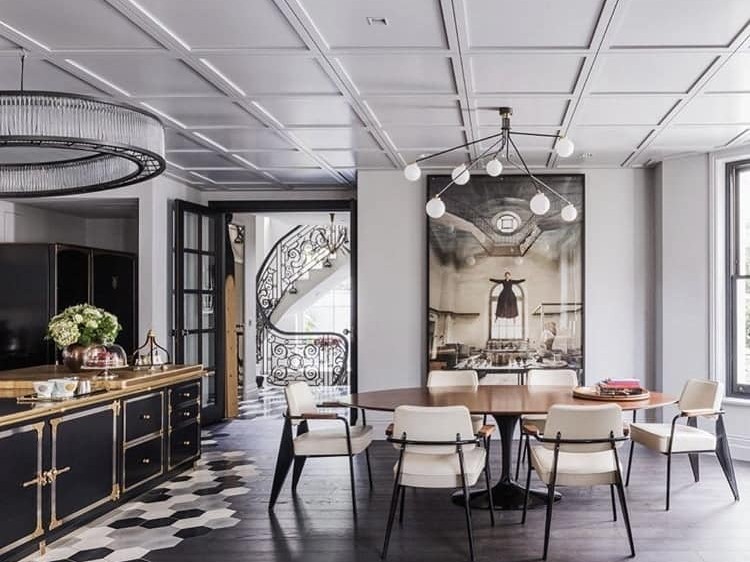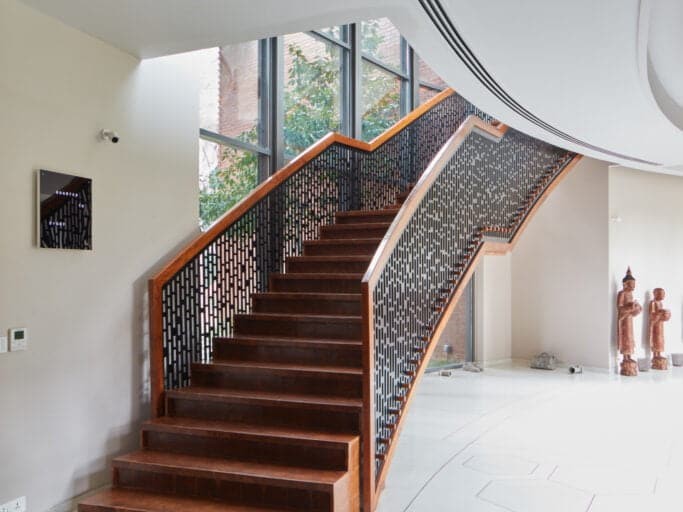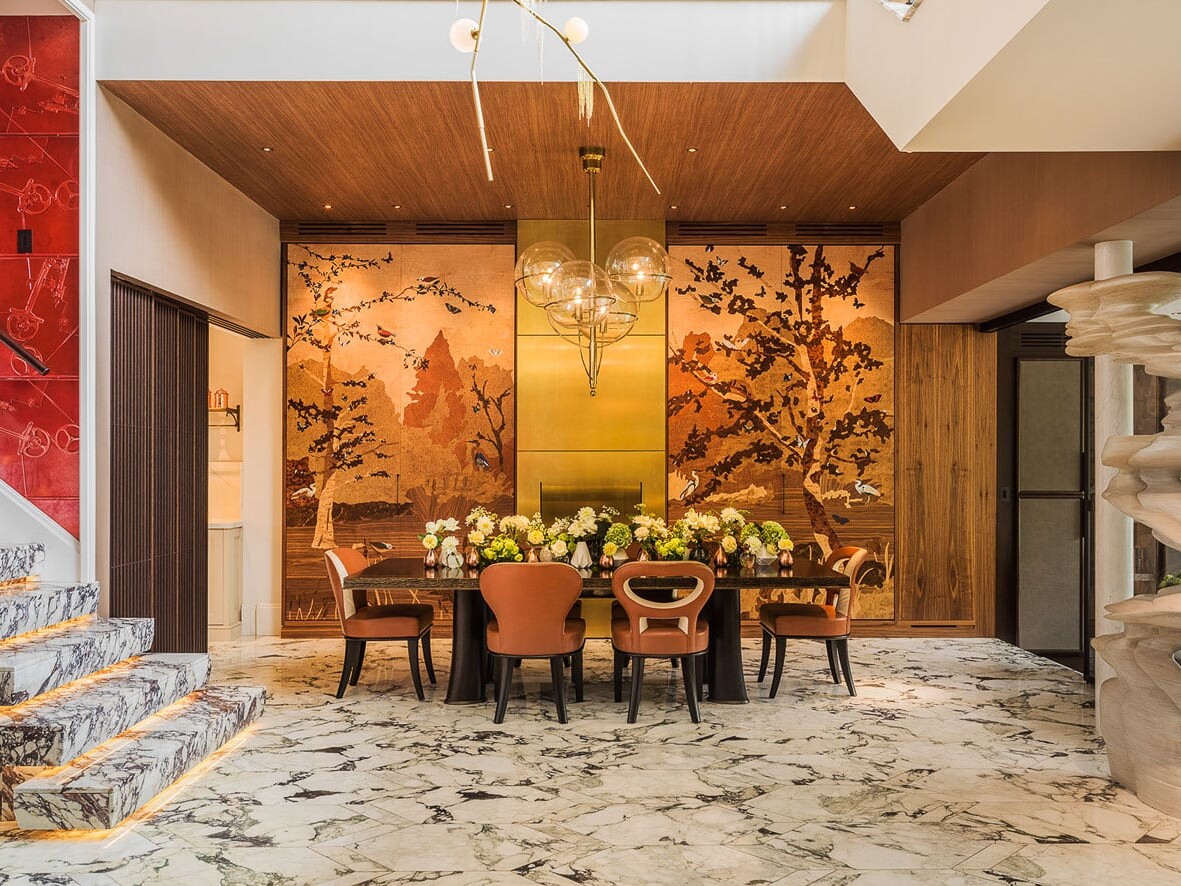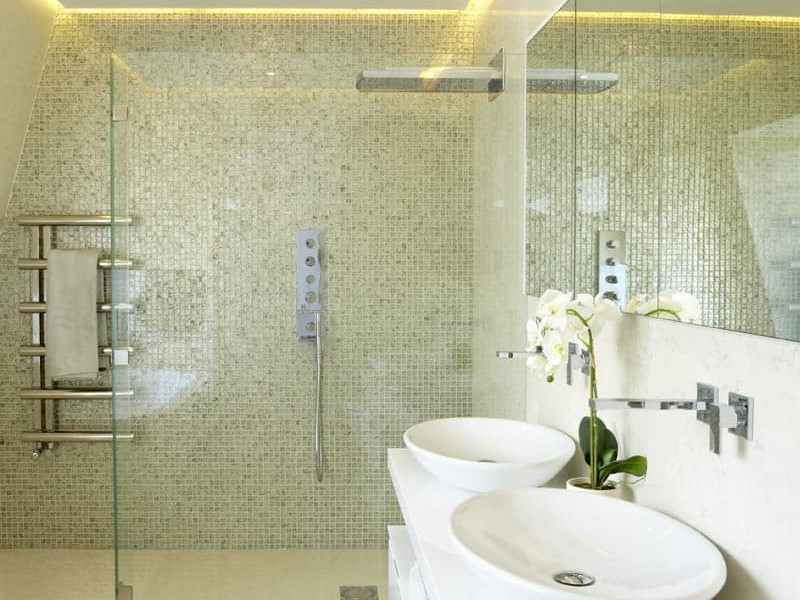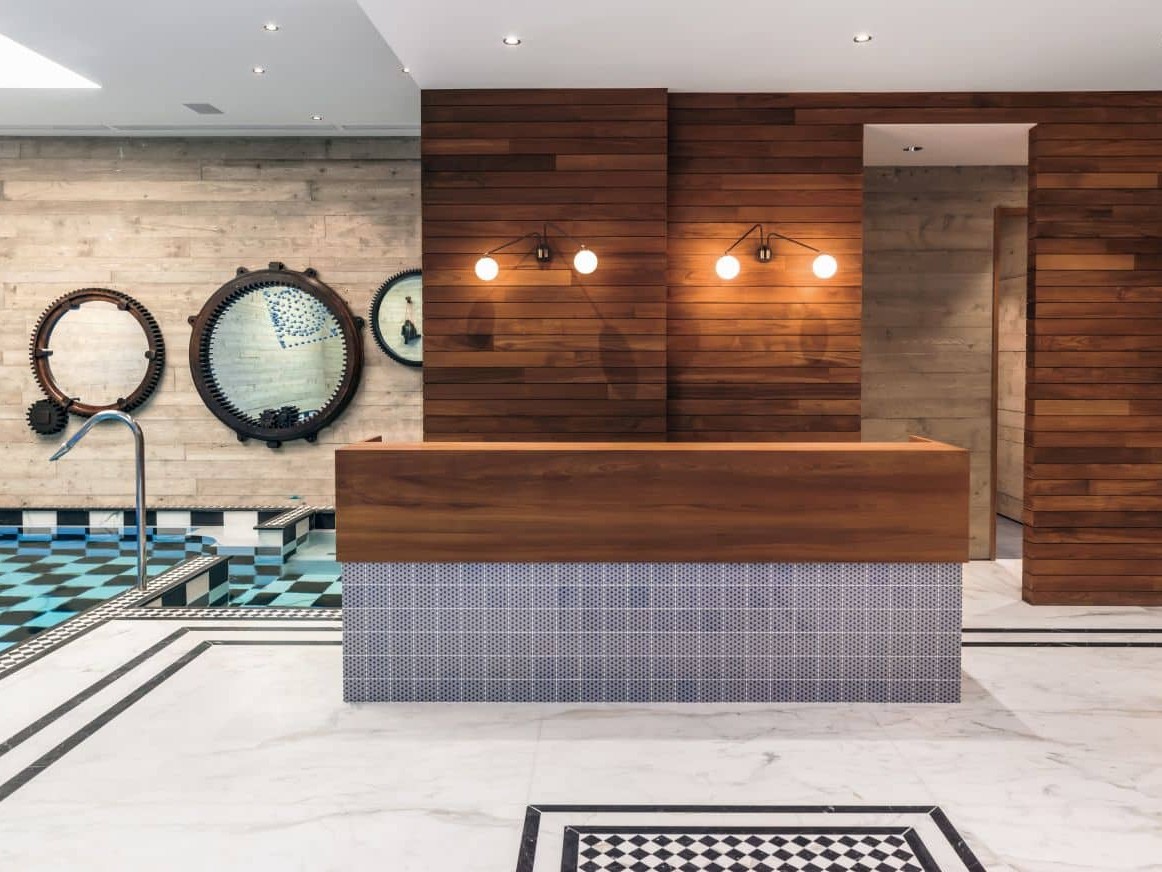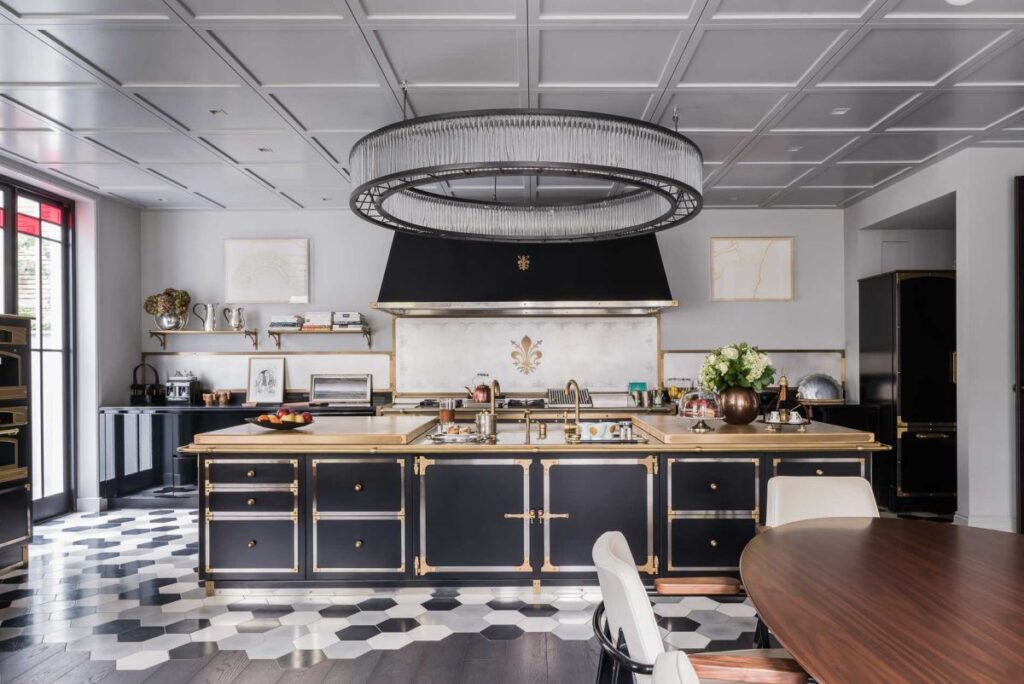
In recent years, the open concept kitchen has become increasingly popular in interior design. This innovative layout not only maximizes space but also fosters a sense of togetherness by eliminating barriers between the cooking and living areas. In this blog post, we will explore the benefits and strategies of creating a seamless flow in an open concept kitchen, where cooking and entertaining blend seamlessly.
Enhancing Communication and Social Interaction
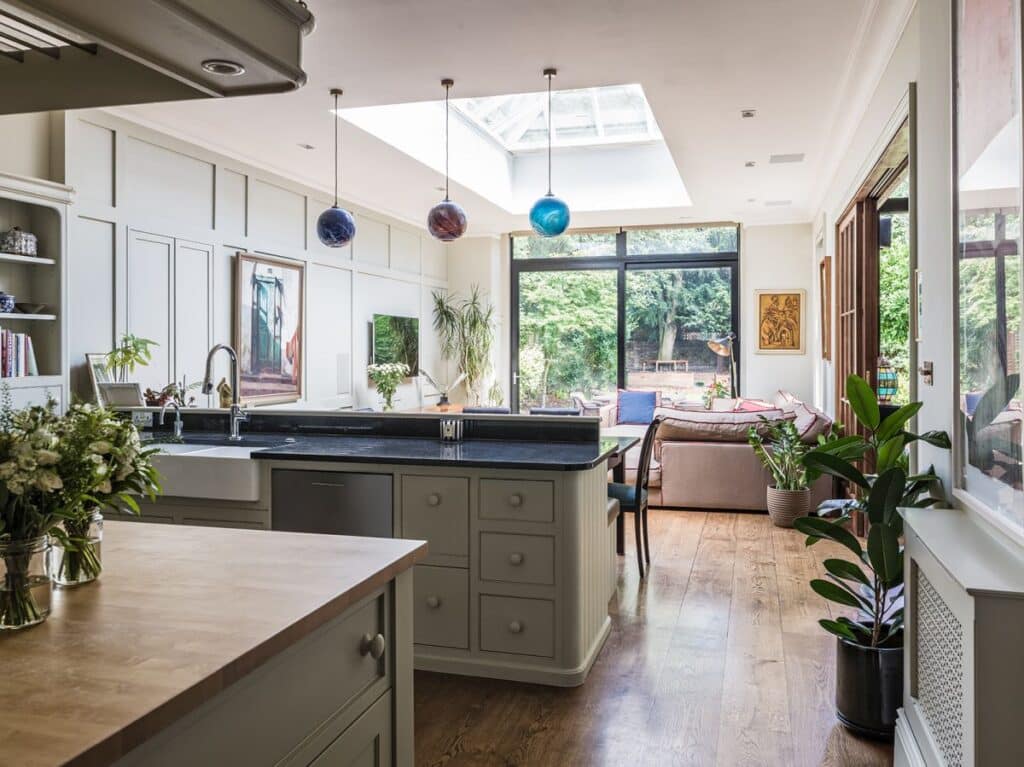
One of the main advantages of an open concept kitchen is the improved communication and social interaction it offers. With the absence of walls or doors, family members and guests can easily engage in conversations, whether they are relaxing in the living area or preparing a meal. This layout encourages a sense of togetherness and creates a more inclusive atmosphere for everyone.
Unifying Design Elements
To achieve a seamless flow, it is crucial to ensure that the design elements in both the cooking and living spaces complement each other. This can be achieved through the use of consistent color palettes, materials, and finishes. For example, incorporating similar cabinetry, flooring, or countertops in both areas can create a harmonious visual connection. Additionally, the strategic placement of furniture, lighting fixtures, and accessories can further enhance the cohesive feel of the space.
Thoughtful Space Planning

An open concept kitchen requires careful space planning to optimize functionality and flow. The layout should consider the placement of key elements such as the cooking range, sink, and refrigerator. It is important to ensure there is sufficient counter space and storage within easy reach. By arranging these elements in a logical and efficient manner, the kitchen becomes a practical workspace that seamlessly integrates with the living area.
Creating Zones
While an open concept kitchen connects the cooking and living spaces, it is essential to create distinct zones within the layout. Defining specific areas for cooking, dining, and lounging helps to maintain organization and purpose. This can be achieved through the use of furniture placement, lighting, or even architectural features like half-walls or columns. By clearly delineating these areas, the open concept kitchen becomes a cohesive yet functional space.
Balancing Acoustics
One potential challenge in open concept kitchens is managing sound and noise. The absence of walls can result in increased noise levels and echo. To mitigate this, it is important to consider acoustics when designing the space. Incorporating sound-absorbing materials such as rugs, curtains, or upholstered furniture can help reduce noise reflections and create a more comfortable environment for conversations and relaxation.
Incorporating Multi-functional Furniture
To further enhance the seamless flow between the cooking and living spaces, consider incorporating multi-functional furniture pieces. For example, an island with bar stools can serve as both a preparation area and a casual dining spot. Additionally, a sideboard or console table can provide storage and display space while doubling as a serving station during gatherings. These versatile furniture choices contribute to a flexible and integrated space.
Related articles
Introducing The Shakti Design Residency
We’re so thrilled to launch the Shakti Design Residency in India, a new annual initiative to support emerging international design talent.
The Art of Curating A Personal Collection At Home
Five ways your art can transform your home with soul, ambience and character.
Celebrating Diwali with Style: Insights from Shalini Misra
Discover how to create unforgettable Diwali celebrations. Get personal insights & hosting tips to elevate your Diwali party to new heights.
Creating the Perfect Home Gym: 7 Design Tips for a Personal Fitness Haven
We reveal seven design tips for the ultimate, motivating workout space.






